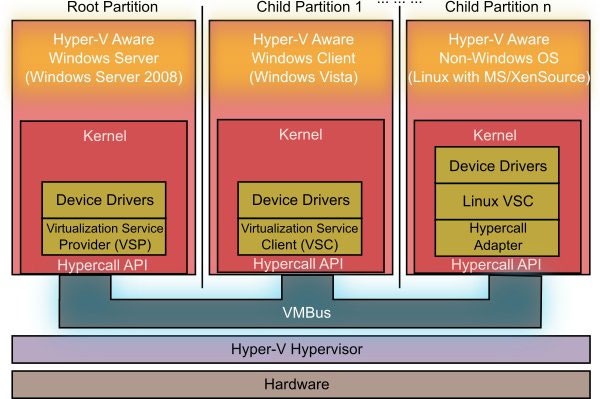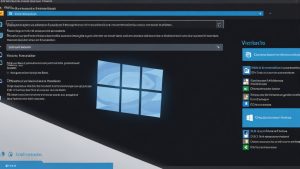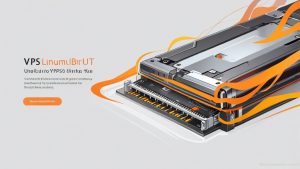What is Hyper-V and how does it work?
Hyper-V is virtualization software developed by Microsoft. It allows you to create virtual machines based on a host server. Hyper-V operates at the hypervisor level and provides management of virtual machines as well as host server resources.
Hyper-V allows you to combine the resources of a physical server and use them to create multiple isolated virtual environments. This reduces hardware costs and energy consumption. Virtualization with Hyper-V also provides more efficient use of computing resources.
How does Hyper-V work? The Hyper-V hypervisor is installed directly on the server hardware and controls access to physical resources such as the processor, memory, and disks. It divides resources between virtual machines and provides them with access to the shared resources of the host server.
Hyper-V provides isolation between virtual machines, allowing them to operate independently of each other. Each virtual machine has its own operating system and applications, and they cannot interact directly with each other.
In addition to resource management, Hyper-V also provides the ability to create backups of virtual machines and quickly restore them in the event of a failure. This makes Hyper-V a reliable solution for organizations that need high availability of applications and data.
Overall, Hyper-V provides a reliable and efficient solution for server virtualization. It allows you to improve resource utilization, reduce hardware costs, and ensure the reliability of applications and data.





